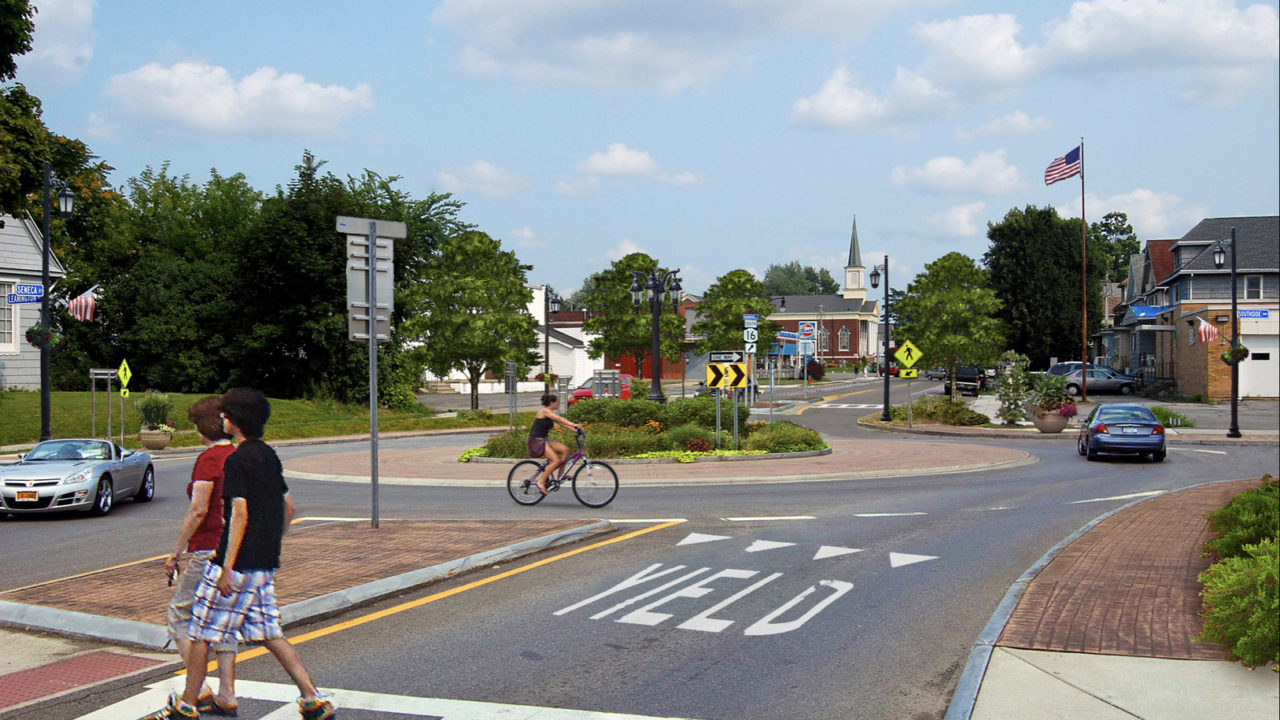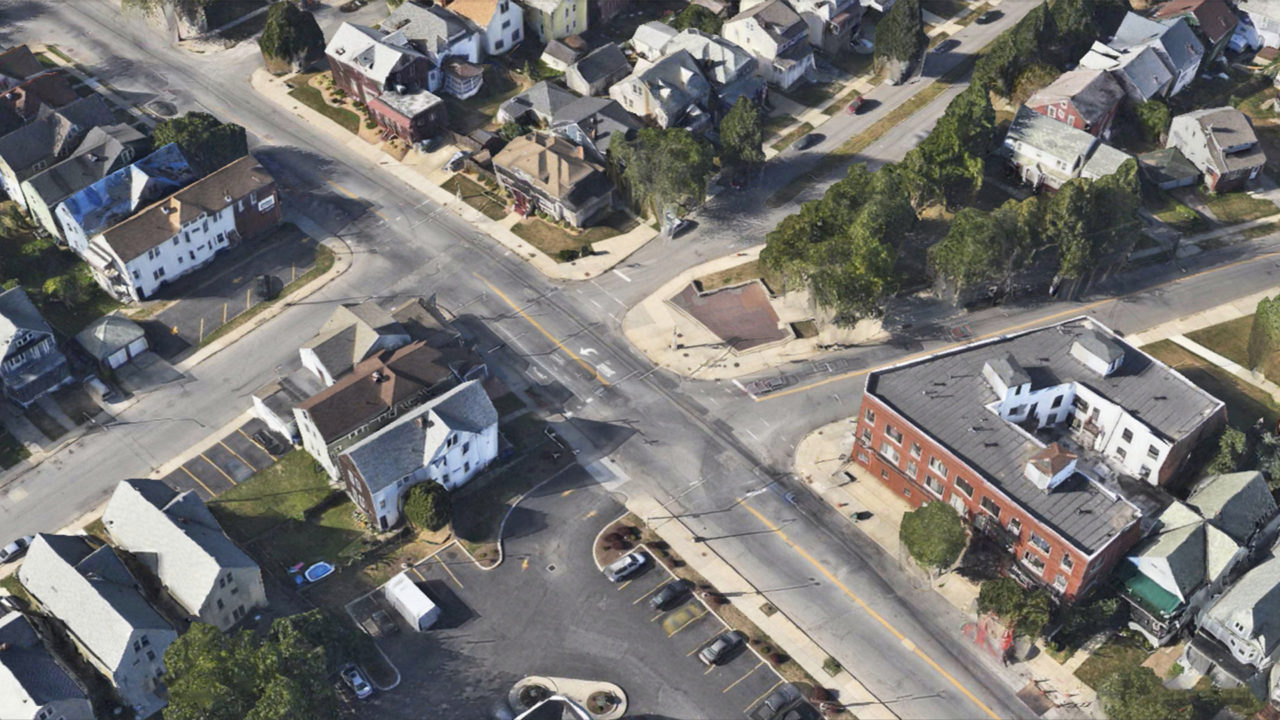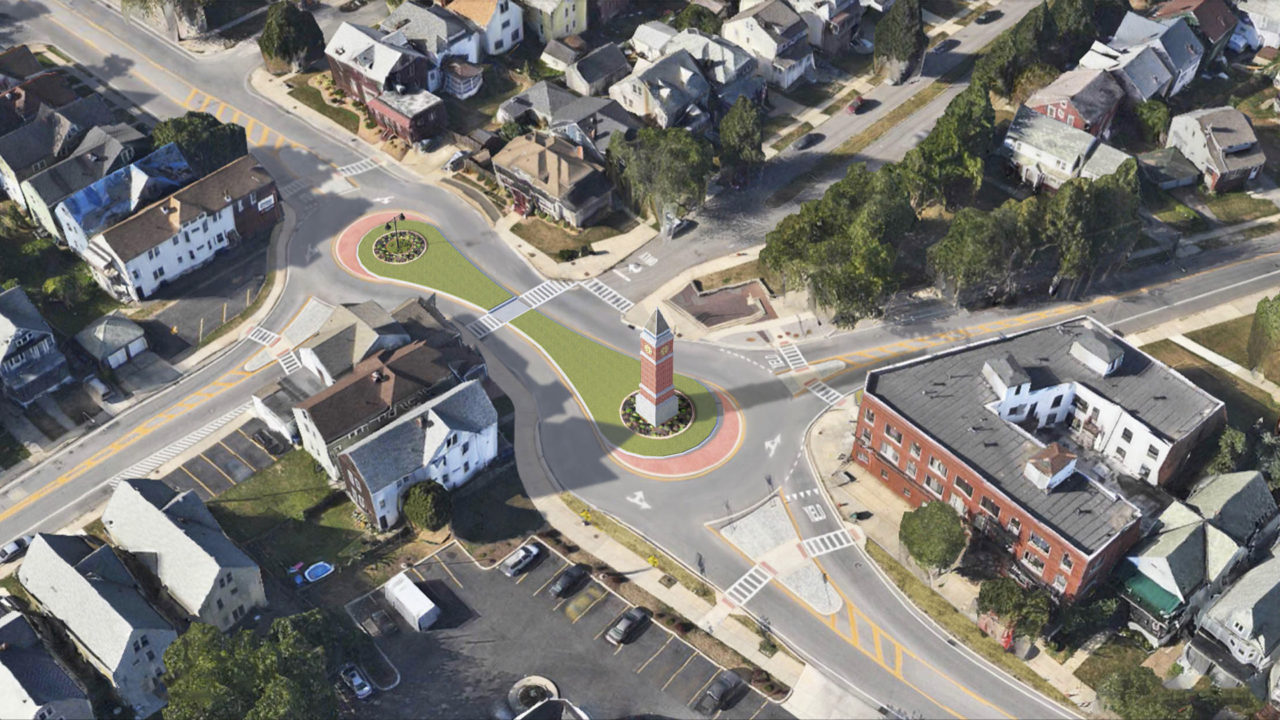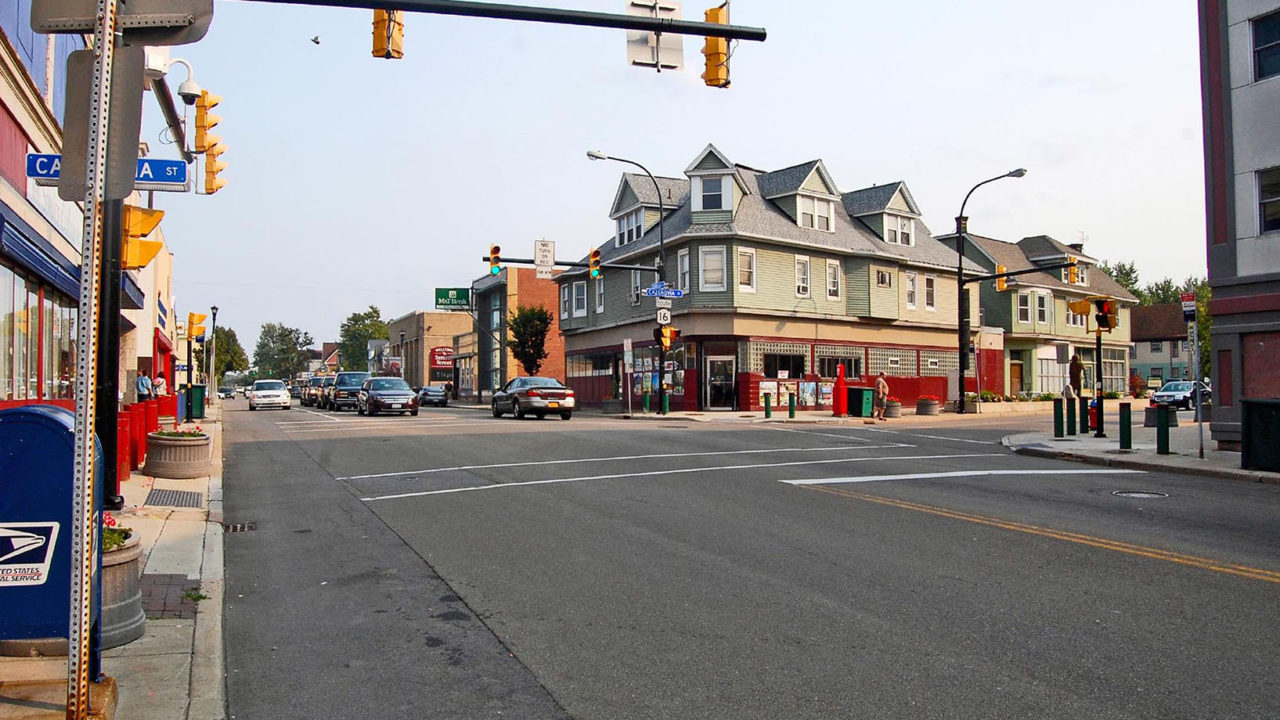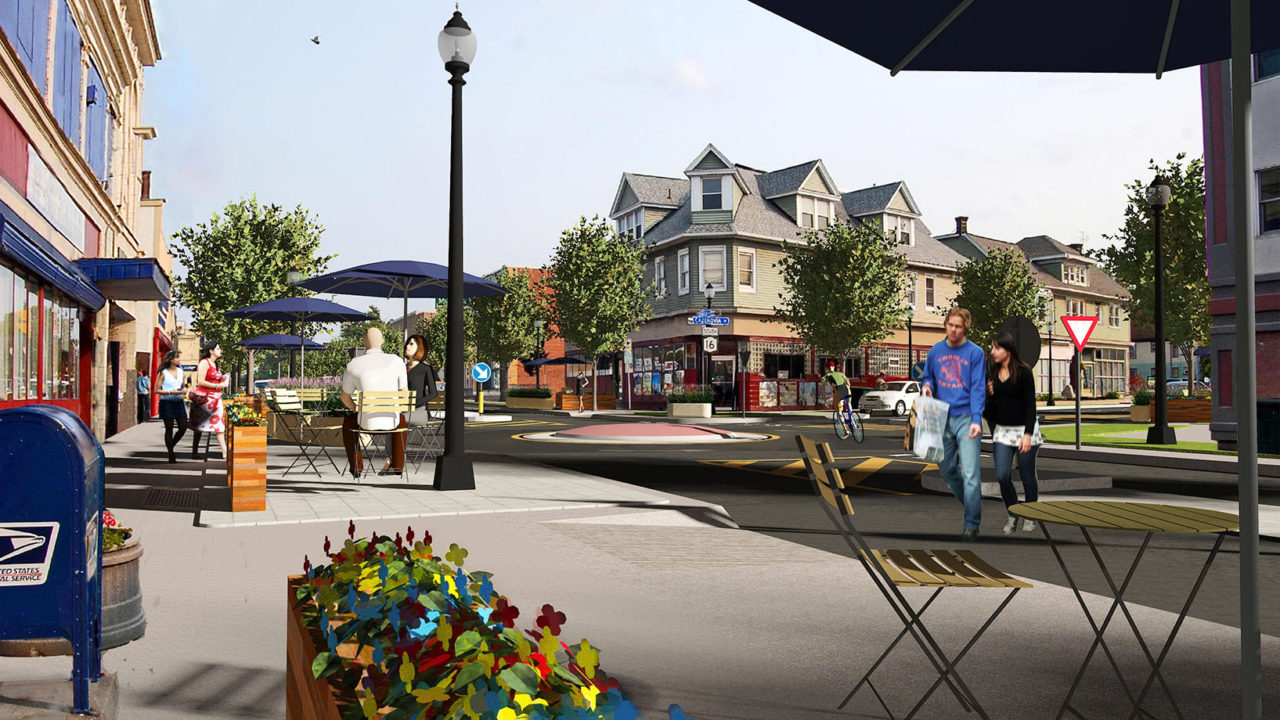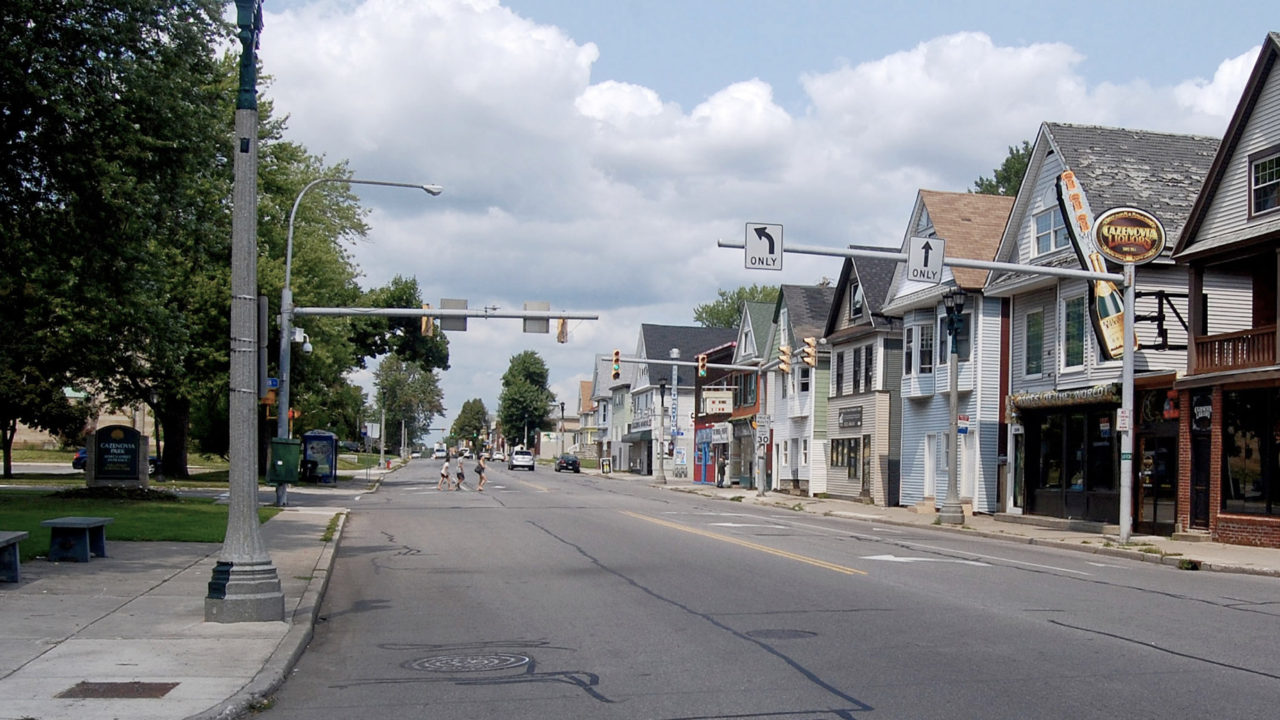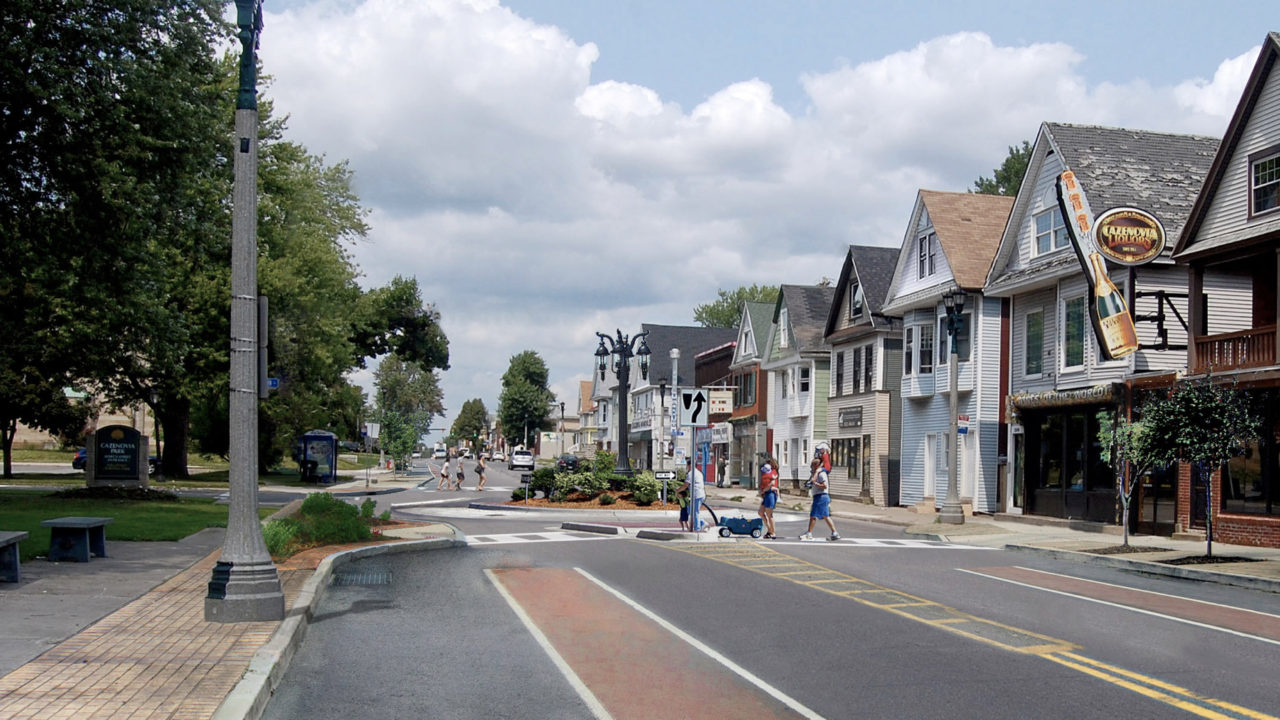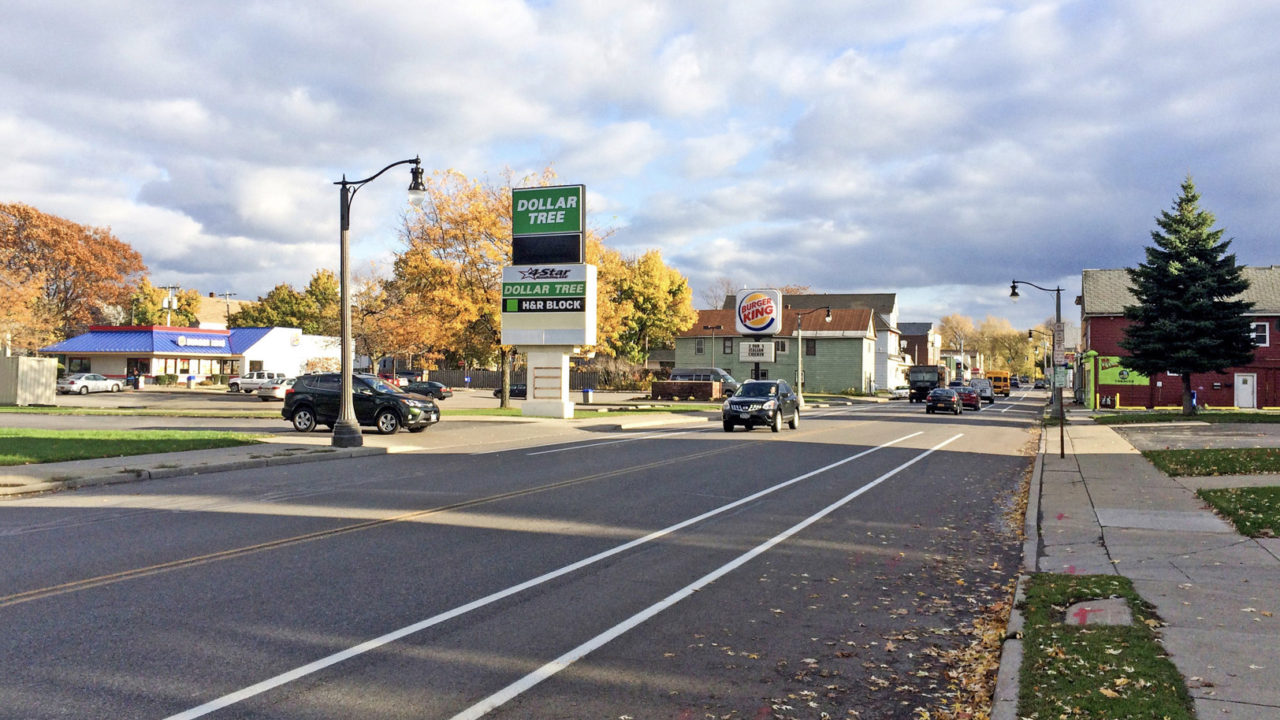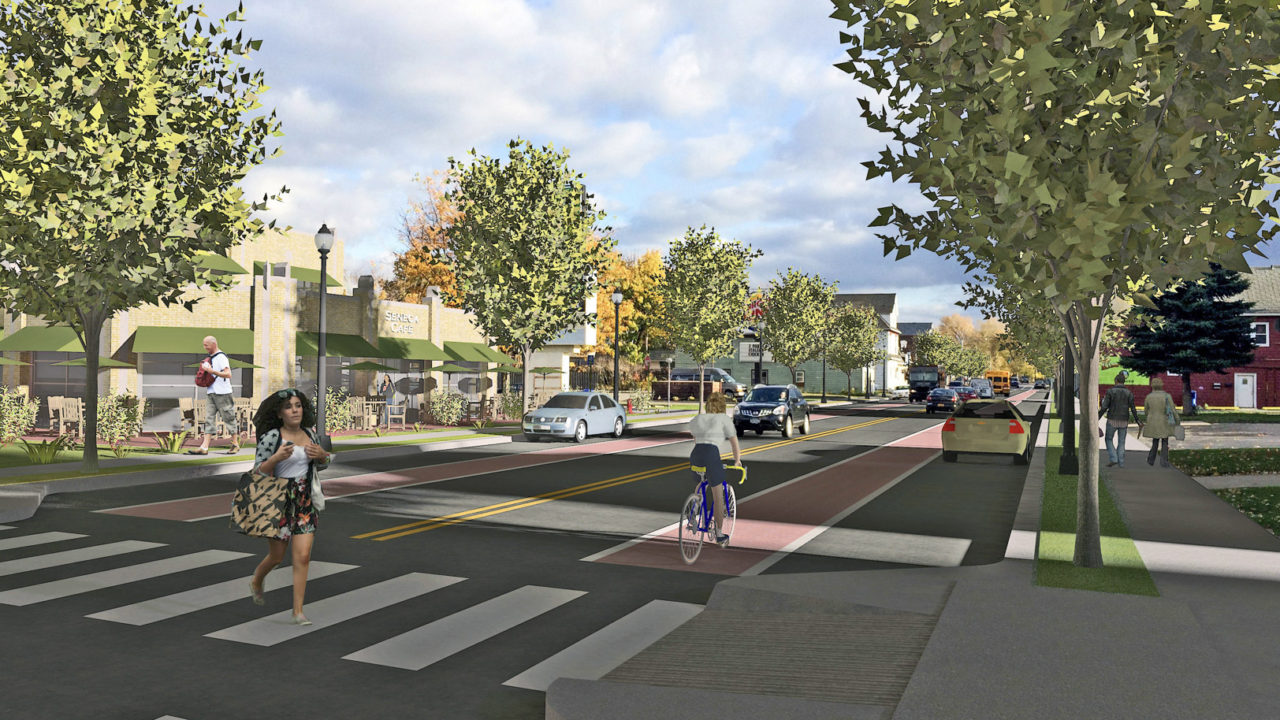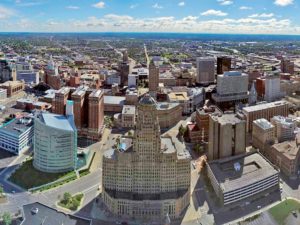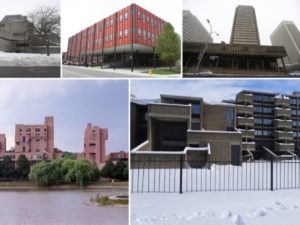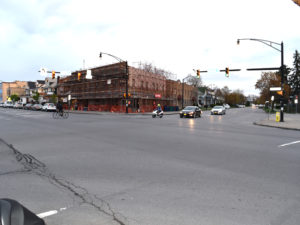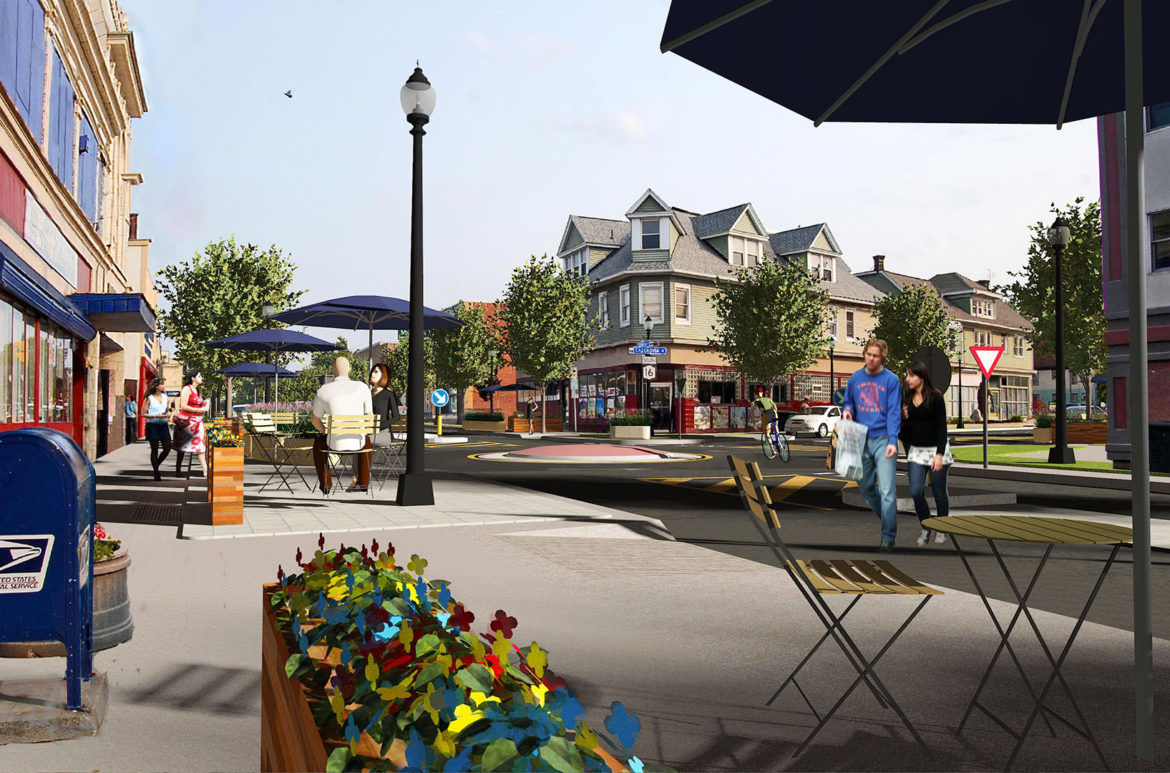
The Coalition for a Vibrant Seneca unveiled Walkable Seneca, a vision for a more walkable community along South Buffalo’s Seneca Street. Intended as an inspiration for better urban design, the document includes before/after visualizations of key areas along Seneca Street, as well as a local case study of the Village of Hamburg, NY, where a recent redesign of Main Street has created a renaissance of walkability and vitality. The document also urges the City of Buffalo to take current efforts in traffic-calming and bicycle infrastructure to the next level, meeting or exceeding today’s best practices in the field locally and nationally. Seneca Street is the historic commercial heart of South Buffalo. Since the 1970s, this corridor has seen several waves of encroaching blight as suburban sprawl crept steadily beyond the city’s edge, drawing investment away from the area. Today, the district is finally seeing some significant private investment, but the Coalition, including local citizens, property owners, businesses leaders, and developers, recognize that Seneca Street needs more than a few new development projects. Just as with the Village of Hamburg, the Coalition asserts that only a transformative redesign of Seneca Street can generate sustained investment and add lasting value to the street and surrounding neighborhoods. Coalition leaders Marc Pasquale, Peter Scarcello, and Karl Frizlen, along with Jake Schneider, commissioned the vision document, which was produced with the assistance of PLWNY Board Member Chuck Banas (Chuck Banas Design) and WNY-REDC Co-Chair (and South Buffalo resident) Jeff Belt. The vision was presented at two community meetings this past June. With Walkable Seneca as a starting point for a renewed community conversation, the Coalition hopes that Seneca Street achieves the kind of transformative redesign that the South Buffalo community needs and deserves.




